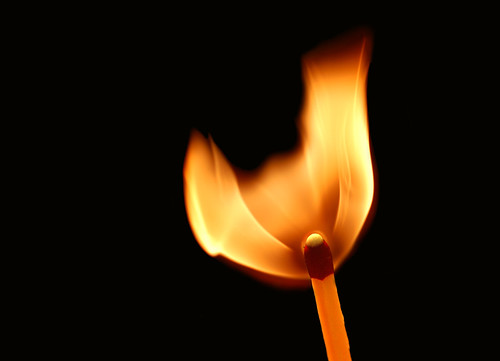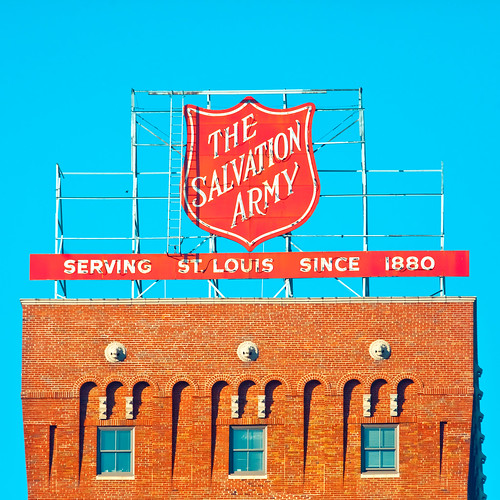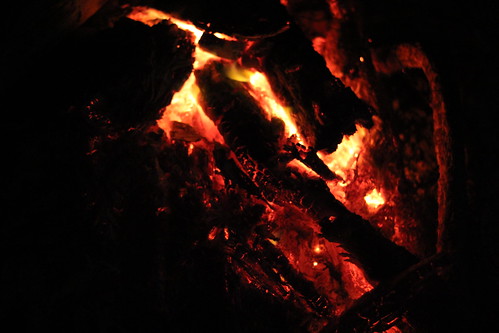'Phossy Jaw' as it was so called was a necrosis of the jaw caused by the inhalation of white phosphorus. This particular type of phosphorus was used mainly in the 'Strike Anywhere' Match industry. Modern practices have eliminated this from the workplace. The match industry had a very dark past before this with workers dying in excruciating pain.
Symptoms of 'Phossy Jaw'
Those persons afflicted with 'phossy jaw' suffered the most painful toothaches caused by a generous swelling in and around the gum area. After prolonged antagonistic swelling the jaw bone would begin to abscess.
Bones were known to glow a greenish-white colour in the dark. Extended exposure to white phosphorus also causes serious brain damage. Surgery to remove the patients jaw bones may save the persons life because if it were not removed a sure death would ensure from organ failure.
Bones were known to glow a greenish-white colour in the dark. Extended exposure to white phosphorus also causes serious brain damage. Surgery to remove the patients jaw bones may save the persons life because if it were not removed a sure death would ensure from organ failure.
The disease left the patient very disabled and disfigured and quite smelly. Rotting dying bone tissue is accompanied by a
foul-smelling discharge.
From the
1840s to the 1910s 'white phosphorus' was the active ingredient of most matches. The London matchgirls strike of 1888 was brought about by the concern of many regarding the plight of those afflicted with 'phossy jaw'.
The strike didn't put pay to the use of white phosphorus. Some changes did occur with the well known William Booth of Salvation Army fame, opening a newer modern match-making factory in 1891. Booths factory used the much safer Red Phosphorus but it was more expensive.
The Salvation Army was instrumental in creating change around this industry by door knocking businesses and encouraging them to sell only the Red Phosphorus matches and helping to create a healthier work environment.
The international Berne Convention in 1906 banned the use of 'white phosphorus. This law was implemented over the following years and the industrial use of white phosphorus ended.The strike didn't put pay to the use of white phosphorus. Some changes did occur with the well known William Booth of Salvation Army fame, opening a newer modern match-making factory in 1891. Booths factory used the much safer Red Phosphorus but it was more expensive.
The Salvation Army was instrumental in creating change around this industry by door knocking businesses and encouraging them to sell only the Red Phosphorus matches and helping to create a healthier work environment.
Images @ Eminpee Fotography



No comments:
Post a Comment